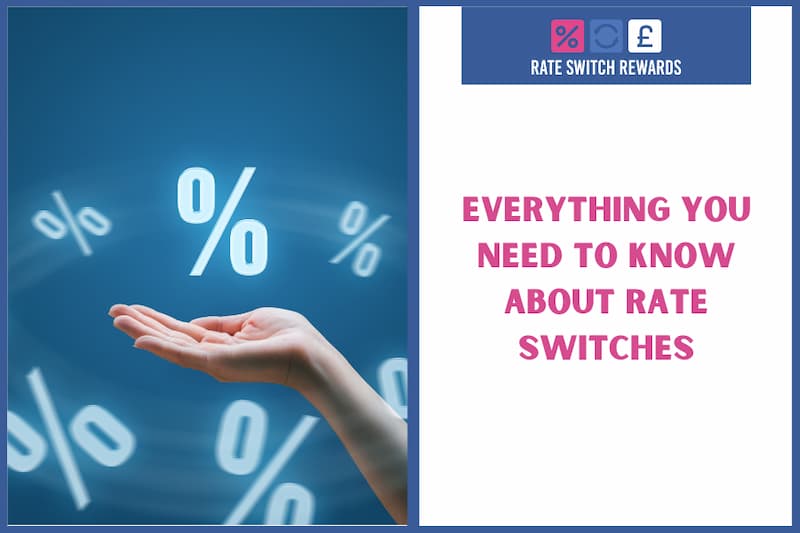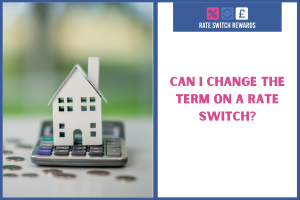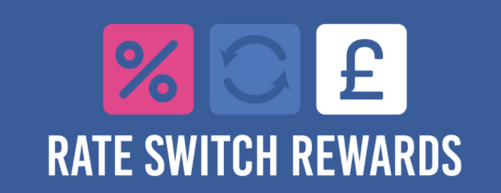You can find a new mortgage interest rate deal without going through the entire remortgaging application process. It may be more beneficial to switch your product to a different one with your current lender.
This is the information you should be aware of.
What is a rate switch?
A rate switch, also known as a product transfer, is when you change your current mortgage interest rate to a new one.
Mortgage rate switches can change in a few different situations. You might be nearing the expiration of your current deal, which means you need to switch to a new one, or your lender has introduced a new rate that you’re interested in.
Lenders offer various mortgage rate deals, each with different interest rates and durations of commitment, so it’s essential to select the option that fits your budget and personal situation best.
What is the difference between a remortgage and a rate switch?
A mortgage rate switch means you are staying with your existing mortgage lender and just changing the interest rate deal on your loan. It’s just a deal change. We do not charge a broker fee for rate switches and the process is much faster.
A remortgage is when you either borrow more money when you change mortgage deals with your existing lender or if you choose to move your mortgage to a new lender altogether. A remortgage means going through the mortgage application process again, which can be time consuming and often a challenge.
“I’m moving houses but would rather transfer my mortgage over than start a new mortgage application. Can my mortgage move from my old property to the new one?”
You can only move houses with your current mortgage if the mortgage is what is known as ‘portable’. Many lenders provide portability options, and your broker can assist you with this process. If your mortgage cannot be transferred, you will need to obtain a new one.
When is the best time to do a rate switch?
It’s a good idea to look for a new deal before your current one expires. Many lenders allow you to change to a different rate during the last three months of your current agreement, and several now permit changes in the last six months as well. If interest rates drop unexpectedly and you want to secure a lower rate, this flexibility is beneficial.
Taking some time to consider your options is important. Would you prefer to secure a rate now for stability, or are you okay with waiting to see if the rates change, even if it means they might increase and you could miss a better offer?
One benefit of locking in your rate early is that you can switch to a different one if they go down, even just a few days before the new product begins.
Be cautious that lenders tend to change when you can access your account to choose your next rate.
Check Out Our New Rate Switch Reward Calculator
We have created a helpful table with lenders’ dates. We try to update this as much as possible:





